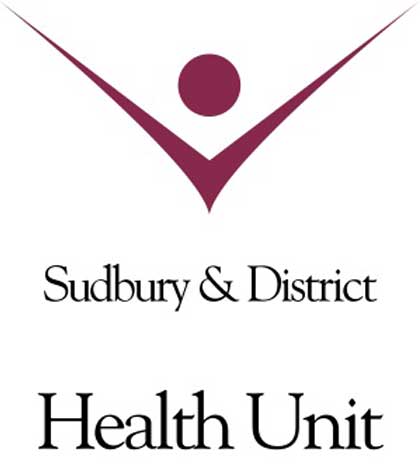MANITOULIN—Flooding and heavy runoff can damage wells and septic systems, and create health risks.
“If surface water enters the top of a well, the well water becomes contaminated and unsafe to drink,” said Burgess Hawkins, a manager in the Sudbury and District Health Unit’s Environmental Health Division.
Important precautions need to be taken if a well may be contaminated. In the short-term, water should be brought to a rolling boil for at least one minute before it is safe to use for drinking; brushing teeth; making infant formula, juices, and ice; or to use it for washing foods such as fruit and vegetables that will be eaten raw.
Once the flood recedes, wells should be disinfected using the instructions below, the health unit states. Well water can be used without boiling once the well has been disinfected and two consecutive, satisfactory laboratory test results are received for the well water.
Once floodwater recedes, wells should be disinfected by adding bleach to them. This will kill any bacteria or viruses. The following steps should be followed in order:
• Mix a specific amount of bleach with water and pour it down the well. Call the Health Unit or visit our website at www.sdhu.com for advice on the amount of bleach to use;
• Let the water sit in the well for one hour to allow the bleach to mix;
• Remove and discard any carbon filters;
• Run the water at every faucet fed by the well until the smell of bleach is strong at each one;
• Turn the power off and shut the water supply line to the hot water tank; drain the tank; then turn the power back on and open the supply line to refill the tank;
• Backflush the water softener and all water filters (except the carbon filters);
• Let the system stand for at least 12 hours;
• Run a cold water tap until you no longer smell bleach. Important: don’t run the water into the drains and into the septic system; the large amount of bleach and water can damage the system. Use either an outdoor faucet or attach a hose line to an indoor cold water tap and run it outside;
• Follow the same steps to run the water from a hot water tap;
• Install new carbon filters;
• Take and submit a water sample 48 and 72 hours after completing step No. 10; and
• Boil water until the laboratory sample results show that the water is safe.
Note that septic systems do not work properly when the area is flooded or the ground is saturated with water. Septic systems should not be used if this is the case. The power to any pumps or other electrical equipment should be disconnected. Silt should be prevented from entering the pump chamber and septic tank.
After the floodwater recedes and the soil is no longer saturated, the septic tank should be pumped. The tank should not be pumped while the soil is saturated because soil and silt could wash into the tank. Pump chambers and electrical connections should be checked before using the system. Though equipment should not be driven over the septic bed at any time, there is a greater risk of damaging the system when the ground is saturated. Flooding will not normally harm a septic system, but if damage to the tank or bed is suspected, a licensed septic installer should be contacted.
Please visit the Health Unit’s website at www.sdhu.com or call 705-522-9200, toll-free 1-866-522-9200 for further information.





